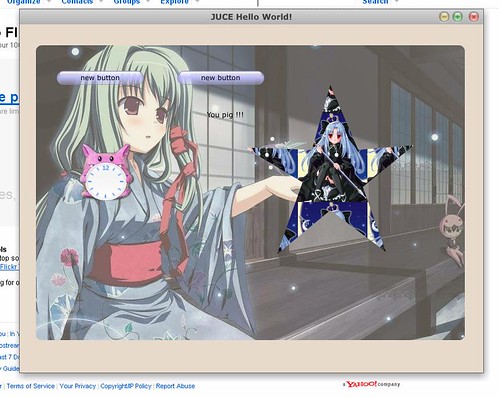Applying UML and Patterns
我连这种圣经级的书都没看完, 请先bs 我.
大三的时候就买了书, 当时看得时候累的要死, 而且看了完全都忘记了. 现在再看, 好了不少.
本书以UP(Unified Process)为蓝本, 介绍了OOA/D(Object-Oriented Analysis/Design) 和UML 的相关概念. 按照UP 定义, 一个UP 项目可以划分为4个阶段(phase): 初始(inception), 细化(elaboration), 构建(construction), 移交(transition). 书里主要关注初始和细化阶段, 并把细化阶段分成了3个迭代(iteration).
最受益的是, 书中介绍的OOA 的部分, 以及OOA, OOD 如何过渡的部分. OOA 其实上课的时候说过很多, 但是不系统. 外国人写书就是这样, 很相似的概念可以花一大章节来辨明. 比如多次强调领域模型(domain model, 属于OOA中的概念) 和领域层(domain layer, 属于OOD中的概念) 中的类(class) 是不一样的. 中间还有一个低表示差异(low represental gap) 的概念, 以便前者触发(inspire)后者的设计.
关于设计模式, 之前就复习过那本经典的<<design pattern>>. 而读了这本书之后, 似乎找到了所有23 种GoF 模式的指导思想: 低耦合(low coupling), 高内聚(high cohesion).
书里关于细化的iteration-1, iteration-2 的内容花了很多时间来看, 而之后iteration-3 中所谓的高级内容却感觉很容易, 真搞笑. 虽然不敢说对于23 种GoF 模式都烂熟于胸, 但15, 16种总是有的吧. 以前在写jsp 网页的时候, 调用struts, hibernate 库(library)简直是顺理成章啊. 高级内容中就涉及到了这2 个框架(framework) 的设计. 还有就是用了不要用的3 层(layer)架构, 呵呵, 书里并没有说具体分多少层, 只说了分层的目的还是在于: 低耦合, 高内聚.
好了好了, 好像一点也不像笔记啊 = =b.
